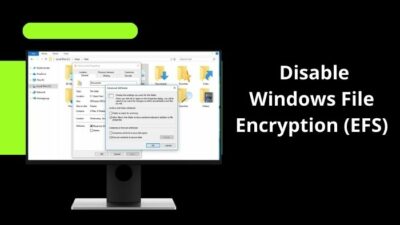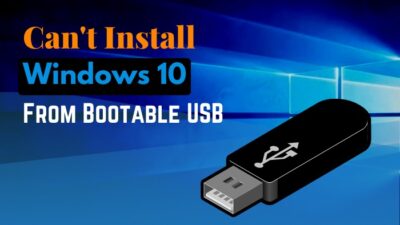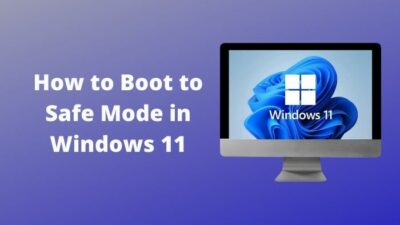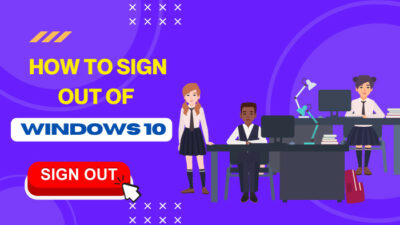Do you want total control over your Windows 11? Then Local Users and Groups is the function you are seeking.
The Local Users & Groups is a supreme feature to manage users and groups on your device. You can also assign administrative power and add or remove users with it.
This function is accessible on Windows 11 Pro, Enterprise and Education but not on Windows 11 Home. Therefore this article will give you a splendid option with which you can enable local users & groups on your Home edition. 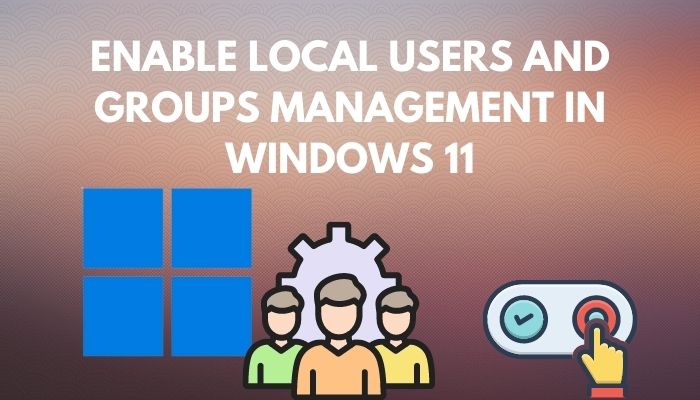 So let’s go!
So let’s go!
Check out our separate post on how to fix DNS server not responding Windows 11?
How to Enable Local Users & Groups Management on Windows 11 Home
The in-built Local Users & Groups function is unavailable on Windows 11 Home. You must download and install a third-party lusrmgr.exe program to enable this feature. After setting up the program, you will get an advanced search option and adding or removing users will also become more smooth.
Installing third-party software can be a risky procedure. That’s why I deeply investigated the matter and concluded that 86% of users face no issues while using the program. So let’s see the process of installation down below.
Here is the method to enable the Local Users & Groups console on Windows 11 Home:
- Navigate to the lusrmgr download page from GitHub.
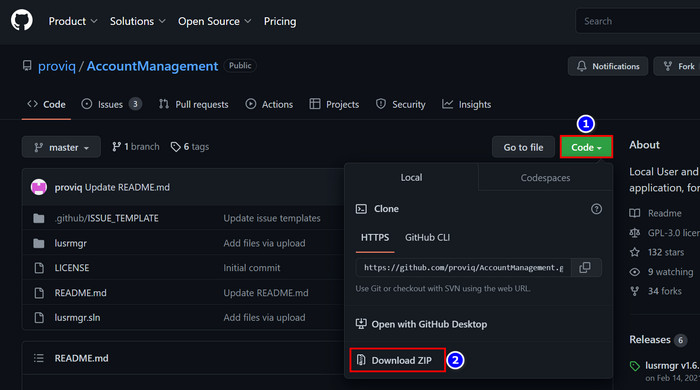
- Click on the Code button.
- Select the Download Zip option.
- Extract the Zipped folder.
- Enter into the recently extracted folder.
- Double-click on AccountManagement-master.
- Select the lusrmgr folder.
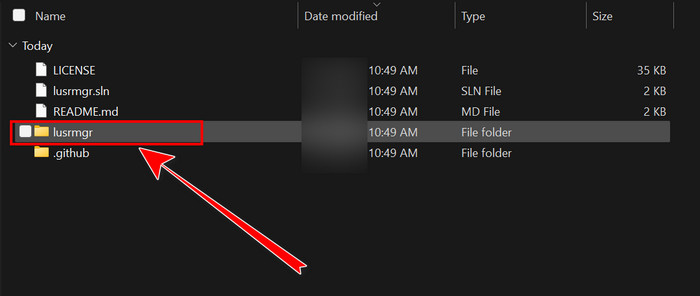
- Enter into the bin folder.
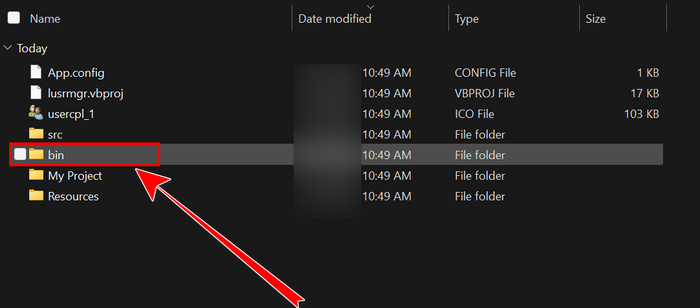
- Double-click on Release.
- Run the lusrmgr program.
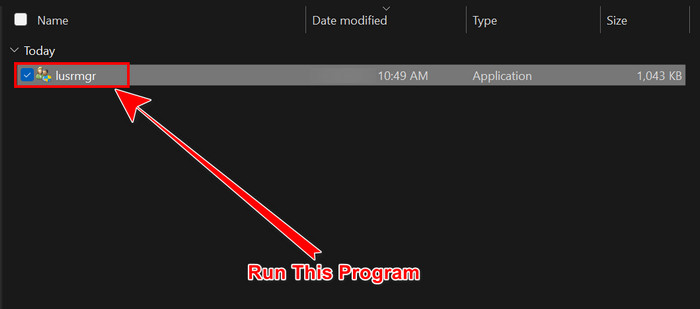
The Local User & Group feature is now installed on your Windows 11 Home. And it’s the right time to manage that function and increase your authority over the system.
Here’s how you create a new user account with the recently installed lusrmgr program:
- Launch the lusrmgr program.
- Right-click on the Users option from the left navigation panel.
- Choose the Create option.
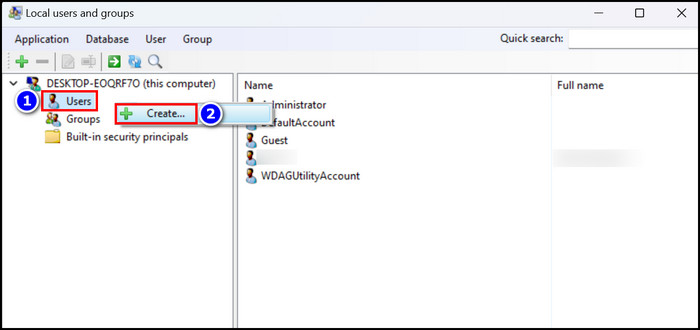
- Fill up the necessary information like User name, Full name, and Description.
- Click on Advanced to generate a Local, Remote, or Profile path.
- Hit Create to complete the user creation process.
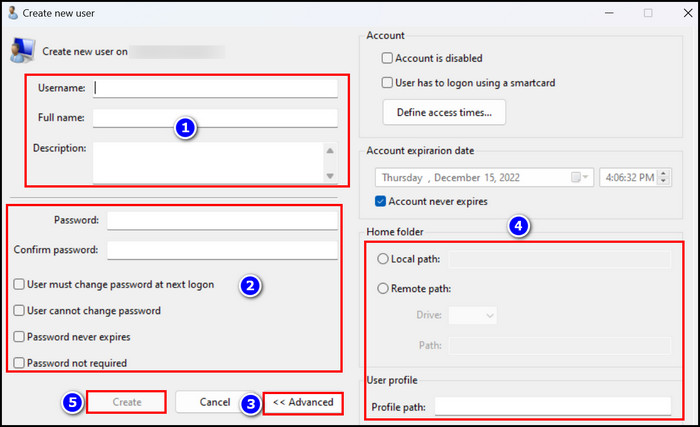
You can also delete a particular account with this lusrmgr program. Just right-click on the account and choose the Delete option. There is also an excellent option integrated into this lusrmgr program, which is that you can define account access times.
Also read, 10 best free widgets and gadgets on Windows 11.
Here’s how you can define the access times of an account:
- Open Local users and groups program.
- Right-click on a specific account.
- Choose the Edit option.
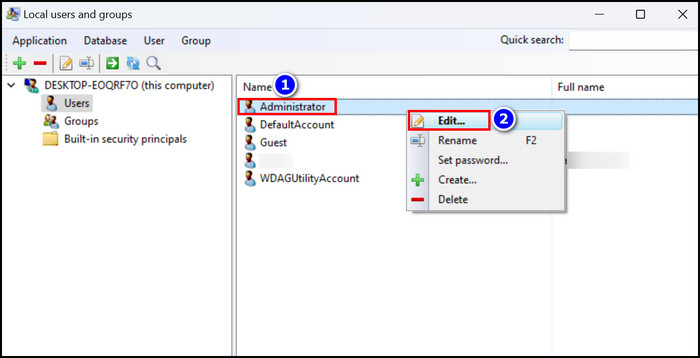
- Move to the Account section.
- Click on the Define access times button.
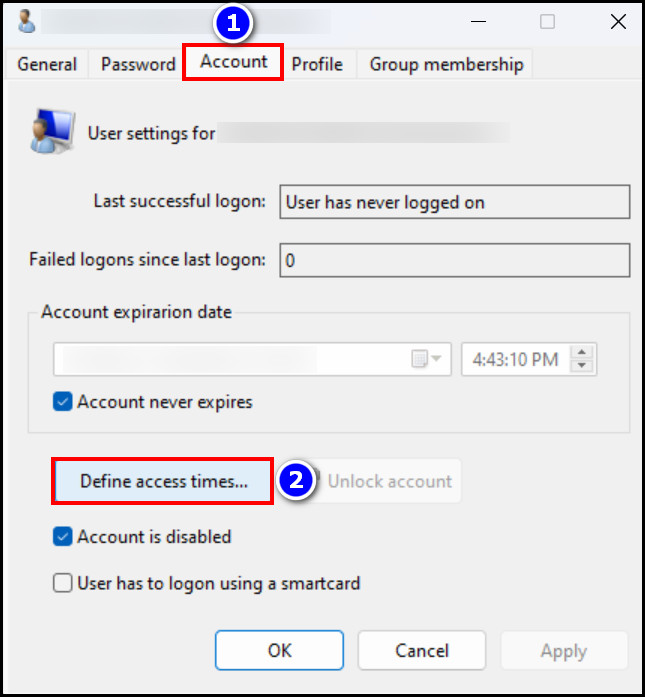
Now you know the enabling process of the Local Users and Groups console on Windows 11 Home and how to manage that feature effectively.
Follow our guide to fix cFosSpeed driver preventing Windows 11 installation.
Why are Local Users and Groups Not Showing in Computer Management on Windows 11 Home?
You can edit user and group accounts with Local Users and Groups, and this is a professional function which is why this feature does not show on Computer Management in Windows 11 Home. However, you can smoothly access this feature on Windows 11 Pro, Education and Enterprise.
The people with expertise in the Windows system exercise the authoritative power with the Local Users and Groups console. For that reason, Windows developers implemented this feature in Windows 11 Pro or Enterprise.
But if you want, you can use this Local Users and Groups console even if you have the Home edition. And the techniques to do that are stated easily in the above heading. But for now, let’s see how you can access Local Users and Groups on Windows 11.
Here are the methods to access Local Users and Groups on Windows 11:
Use Run Program
- Hold the Windows+R keys to start the Run app.
- Type lusrmgr.msc in the box and select OK.
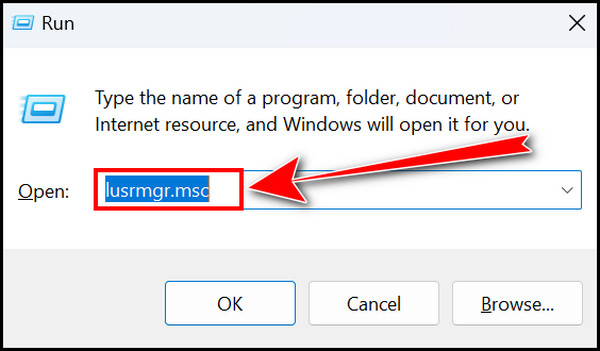
- Use the feature to add or delete an account and exercise your authoritative privileges.
Use Computer Management
- Right-click on the Windows Start icon.
- Choose Computer Management.
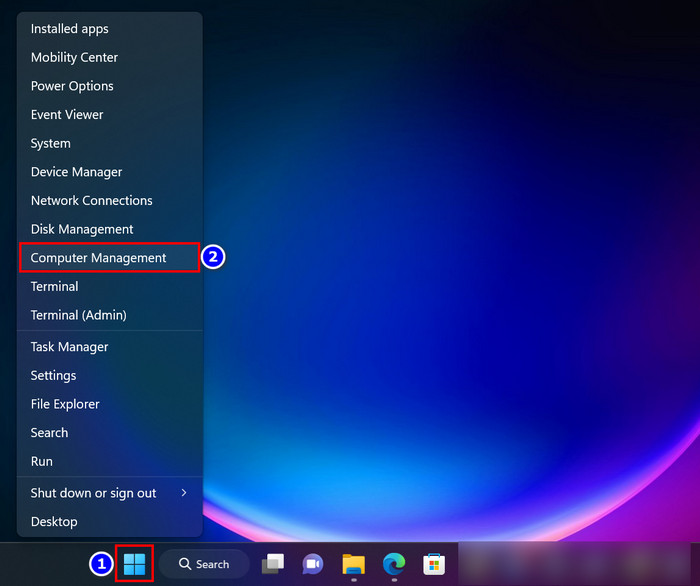
- Select Local Users and Groups under System Tools on the left navigation pane.
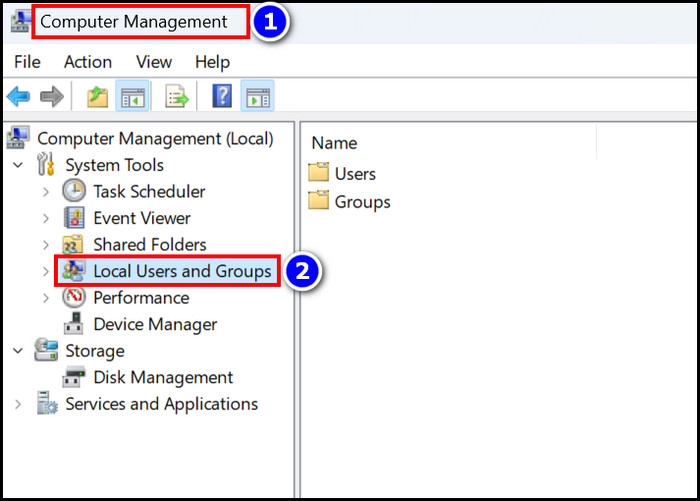
- Apply the function as you see fit.
Now you clearly understand the enabling, accessing and managemental procedures of Local Users and Groups on Windows 11. Don’t miss out on the FAQ section, where I displayed 3 related issues and their solutions.
Related contents you should read about how to use tablet mode on Windows 11, fix Windows license will expire soon on Windows 11.
FAQs
What is the command to launch the Local Users and Groups Manager console?
To launch Local Users and Groups, open Command Prompt or PowerShell with administrative rights, then paste lusrmgr.msc command and hit Enter.
How do I see Users and Groups in Windows 11?
To see users and groups on Windows 11, open the Run program by pressing Win+R, paste lusrmgr.msc in the box, and hit Enter.
Does Windows 11 allow local accounts?
Yes, Windows 11 allows local or guest accounts, and you can switch to them when necessary. Just navigate to Settings > Account > Other users, then swap between the accounts.
Concluding Words
After navigating through the steps provided in this content, you will surely know the process to enable Local Users and Groups on your Windows 11.
The procedures for accessing this feature and managing it are also displayed here. Use those methods to produce the utmost outcome.
I am always keen to communicate with you, so put your topic-related questions in the comment.

